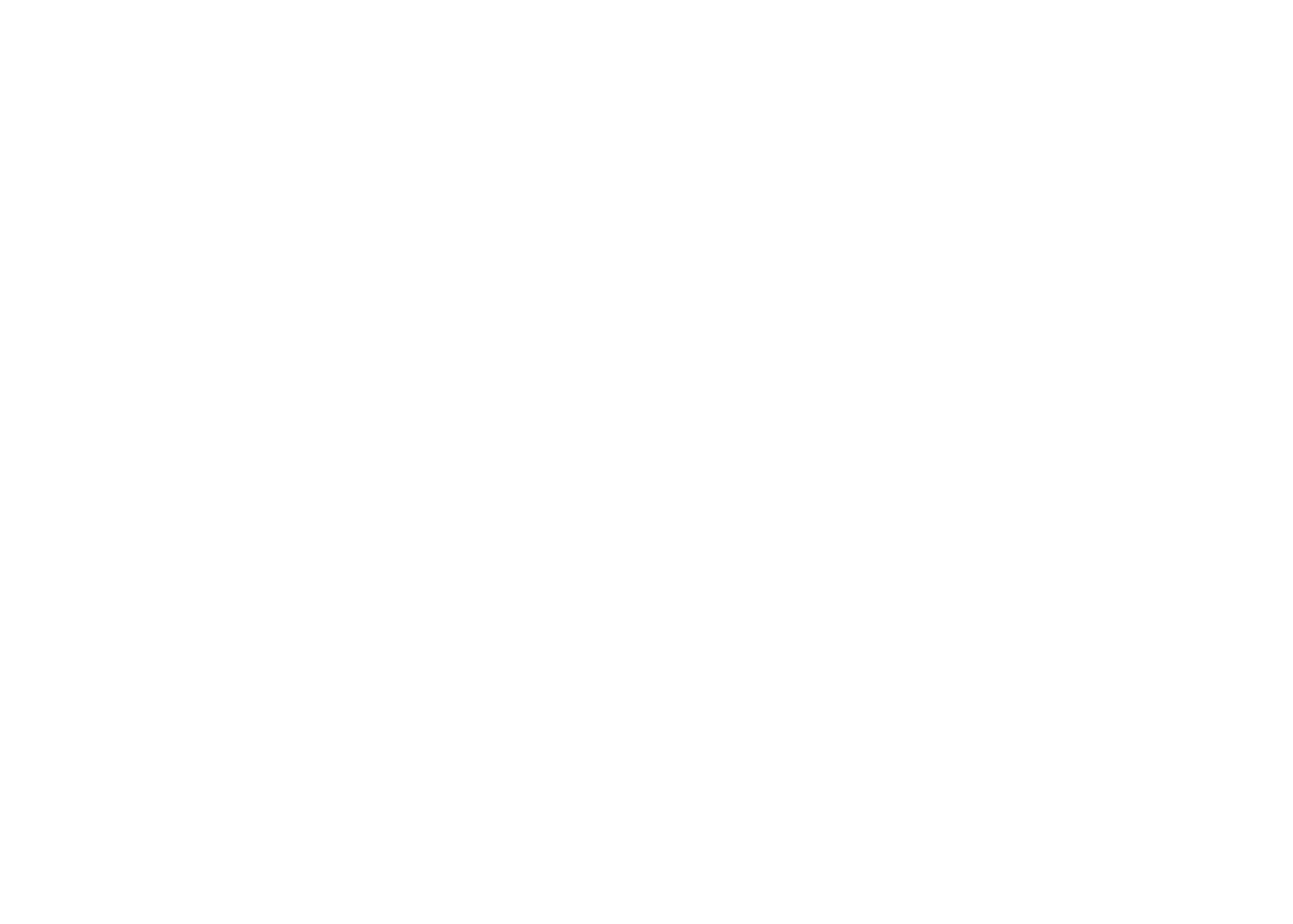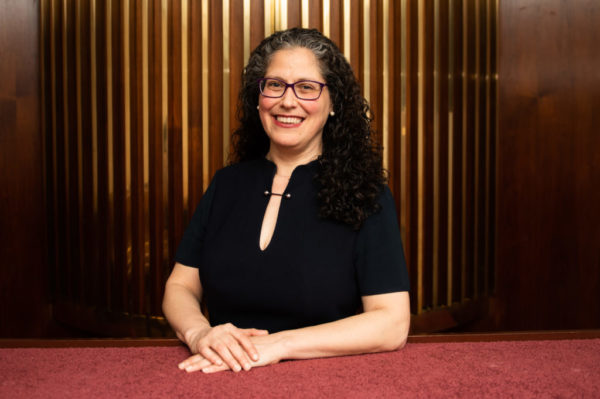Every Shabbat is a delight. This Shabbat, following the birthday of Dr. Martin Luther King Jr. is one of heightened celebration. It is a celebration of resistance, of liberation, of progress. It is the celebration of a man who literally gave his life for the sake of transforming our nation and our world.
But if we celebrate the strides that have been made over the last half century without recognizing the work still left to do, we will be desecrating Dr King’s memory. If we leave tonight’s service lifted by joy and soothed by Shabbat, but undisturbed and unmotivated to act, our prayers will have been in vain.
This is parashat Shemot, when we begin the epic narrative of the Israelites’ journey from bondage to a land of promise. It is a narrative that provided vision and strength to the African people brought to our shores in shackles, to their descendants who were mocked and segregated, to their descendants who struggle today under the weight of systemic racism. As American Jews, our reading of this foundational sacred text will ring hollow if we neglect to look with fierce honesty at our history and at ourselves.
We need to recognize that the slavery we thought we abolished has mutated into mass incarceration. We need to recognize that the foundational economic development of the US, which benefits us and our families, was built on the backs of black people who were abused, and separated from their families. We need to recognize that Mara Gad, a biracial Reform Jewish woman, who celebrated bat mitzvah and confirmation, who was her synagogue NFTY president, who celebrates Shabbat with her family, who spent her summers in a Reform movement camp, who has traveled to Israel countless times, comes to gatherings of her Jewish community and is made to feel an outsider. At synagogue she has been mistaken for a nanny. At our biennial conference last month she was assumed to be hotel staff.
This spring, Rabbi Mosbacher will be leading a Civil Rights Journey to the south. One of the highlights will be visiting Montgomery’s recently established Legacy Museum and the National Memorial for Peace and Justice, which expose the history of slavery and rampant racism in our nation. They are projects of the Equal Justice Initiative. Learn about EJI’s director, Bryan Stevenson, by reading the book and seeing the film, Just Mercy.
One museum exhibit is a growing collection of hundreds of jars. Every jar contains soil from the site of a lynching, one of the thousands of lynchings that have, until recently, gone unacknowledged. Each jar bears the date of that killing, the name of the place, and the name of the person, though in many cases, instead of a name the jar is marked “unknown.” When I visited the museum, staring at the rows and rows of jars, I heard God’s pained call echoing forth from Genesis, “The voice of your brother’s blood cries to me from the earth!”
This trip will be extraordinarily important, and if you are interested, consider signing up soon, as spaces are being filled. But we don’t need to fly to the south to pay tribute. Walk a mile to the west side of Central Park by the 85th street entrance and visit land which was once the site of Seneca Village, an African American community established in 1825. Land owners wouldn’t sell to blacks, so these New Yorkers left behind the center of the city, then below 14th street, to purchase this undesirable, secluded country land. Here they built homes, churches, schools and cemeteries.
At that time, Black Americans were unable to vote unless they owned property worth at least $250. Some of the residents of Seneca Village were lucky enough to acquire that right. We need to recognize that today many Black Americans are still burdened with enormous obstacles to voting. We need to recognize that we can and must correct this injustice.
In 1857, Seneca Village was razed so that Central Park could be built. It suffered a second razing when its rich and vital history was erased. In 1871, laborers creating a new gateway to the park on 85 street uncovered two coffins. Half a century later, a Central Park gardener discovered a graveyard. No marker was erected until 2001 – a single, small sign by the 85th street entrance. Today, there are a few more, and little by little, the history of Seneca Village is becoming uncovered and restored.
Central Park is this borough’s jewel. It provides respite and joy for millions of New Yorkers and visitors to our city. We delight in it, and we should! And we also must recognize that the earth below its park benches, walking paths and playgrounds, carries a narrative. It is incumbent upon us to listen to the voices calling to us from that ground. It is incumbent upon us to learn and repeat that narrative so that we can celebrate the contributions of that community, grieve its loss, keep its story alive, learn from it and do better.
Dr. King celebrated the great victories of the Civil Rights Movement and at the same time recognized the distance yet to be traversed to the Promised Land. These words which he spoke at a white, suburban Detroit high School in 1968, three weeks before his assassination, ring true today: “However difficult it is during this period, however difficult it is to continue to live with the agony and the continued existence of racism, however difficult it is to live amidst the constant hurt, the constant insult and the constant disrespect, I can still sing we shall overcome. We shall overcome because the arc of the moral universe is long but it bends towards justice.
“. . . We shall overcome because William Cullen Bryant is right. ‘Truth crushed to earth will rise again.’ . . . We shall overcome because the Bible is right. ‘You shall reap what you sow.’ With this faith we will be able to hew out of the mountain of despair, a stone of hope. With this faith we will be able to transform the jangling discords of our nation into a beautiful symphony of brotherhood. With this faith we will be able to speed up the day when all of God’s children all over this nation – black men and white men, Jews and Gentiles, Protestants and Catholics will be able to join hands and sing.”
And so now, in celebration and discomfort, with impatience and faith, we raise our voices in song. Let us sing in celebration and with determination. We must uncover history, honestly find our place in it, then and now, and propel ourselves forward. There is no time for complacency in making Dr. King’s dream a reality.

